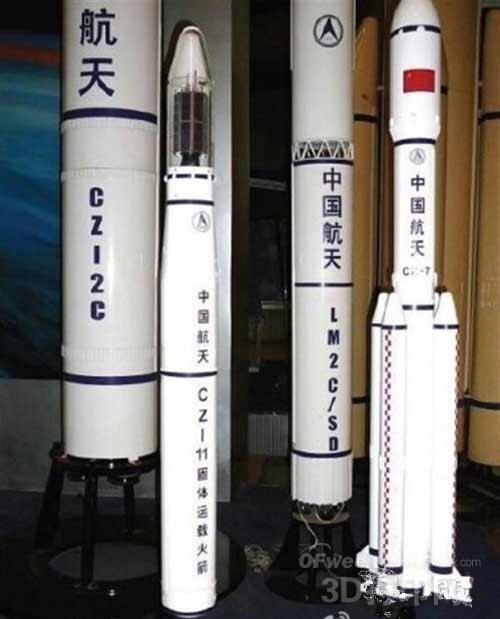China's first 3D printing satellite, Pujiang No. 1, successfully entered space
On September 25, 2015, at 9:41 AM, China's first solid-fueled rocket, the Long March 11, roared to life from the Jiuquan Satellite Launch Center, carrying four satellites into space. Among them was a new addition to the vast cosmos—Pujiang No. 1, named after the iconic Huangpu River in Shanghai. Just one day later, on September 26, at 7:48 PM, Pujiang No. 1 made its first flyover of the Huangpu River, marking a historic moment for both the city and the Chinese space program.
**Small Satellites Power Smart Cities**
Developed by the Shanghai Aerospace Technology Research Institute, part of the China Aerospace Science and Technology Corporation, Pujiang No. 1 is designed to provide fast, user-focused information services. Its applications span environmental monitoring, land resource surveys, and emergency response, making it a vital tool for urban management and public safety.
When asked about the satellite’s name, Zhang Chunming, an assistant to the president of the institute, explained that Shanghai, as a pioneer in reform and opening-up, is rapidly building its science and technology hub. Whether through the "Belt and Road" initiative or the "Internet +" concept, the city continues to open up new opportunities. “Pujiang No. 1 not only reflects our regional identity but also embodies a spirit of innovation and progress,†he said.

According to Zhang, Pujiang No. 1 follows the vision of creating a “smart city.†Through satellite networking, it can monitor urban environments continuously, tracking traffic congestion, weather patterns, pollution levels, and even natural disasters. This real-time data helps improve city governance and enhance overall management efficiency.
“If there’s an oil spill on the Huangpu River, Pujiang No. 1 can quickly detect the extent of the pollution from the 'Oriental Pearl' tower and calculate how far it has spread,†Zhang explained.
**Fast and Affordable: Custom Satellites Are Now Possible**
As information technology advances, demand for integrated spatial data grows. The development of the “Belt and Road†space information corridor has created new opportunities for the commercial satellite market. To meet these needs, small satellite constellations with low cost, high reliability, and multi-task capabilities are becoming a key focus in future satellite development.
Since 2009, the Shanghai Aerospace Technology Research Institute has been exploring self-funded satellite projects. “In modern terms, we’re doing something like crowdfunding,†Zhang said. The project involved multiple collaborating units, all contributing their own resources to test new technologies. “Because everyone is investing their own money, we had to be very careful with costs.â€
Traditionally, satellite development involves three stages: program design, prototype testing, and final production. But Pujiang No. 1 broke this model by moving directly from the program verification stage to the operational phase, skipping the costly prototype stage and significantly reducing expenses.
“Based on a user-centered approach, Pujiang No. 1 uses plug-and-play technology, allowing rapid integration of various payloads. It can complete full system testing within a month, launch preparation in a week, and achieve on-orbit delivery in just one day,†said Lai Jing, the satellite commander.
This innovative approach has set a new standard for small satellite development, proving that custom, fast, and affordable space solutions are no longer just a dream.
Garden Accessories,Garden Plant Stake Connectors,Green Plant Trellis Connector,Cheap Plant Stake Connector Clips
Changzhou MD International Trade Co., Ltd. , https://www.mdgarden.com